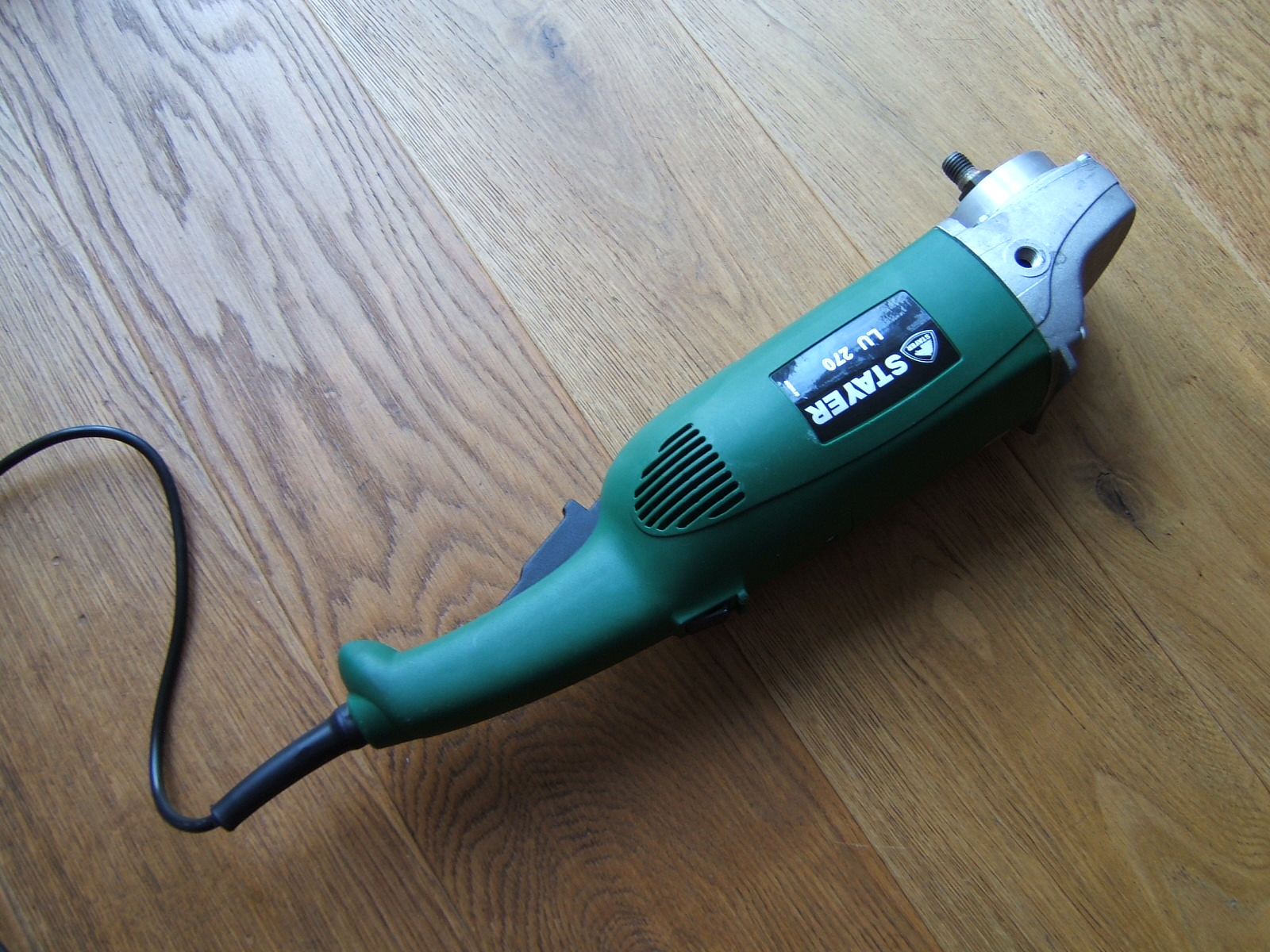Hi guys
I am sure I may have asked this before but cant't for the life of me find the post.
I got a few D.E razors that basically have loads of scratches and need a good polish and clean.
Whats the best way to get the scratches out? Fine sandpaper?
I have dremel if that helps, lol.
Also what attachments/compounds are good to use with the dremel for polishing?
Are polishing mops for bench polishers/drills any good?
Thanks
I am sure I may have asked this before but cant't for the life of me find the post.
I got a few D.E razors that basically have loads of scratches and need a good polish and clean.
Whats the best way to get the scratches out? Fine sandpaper?
I have dremel if that helps, lol.
Also what attachments/compounds are good to use with the dremel for polishing?
Are polishing mops for bench polishers/drills any good?
Thanks
